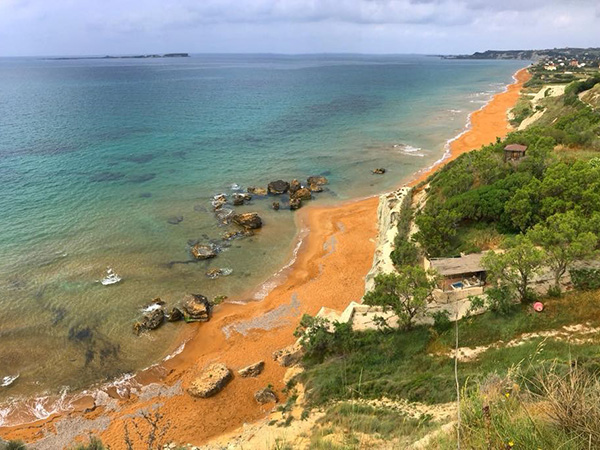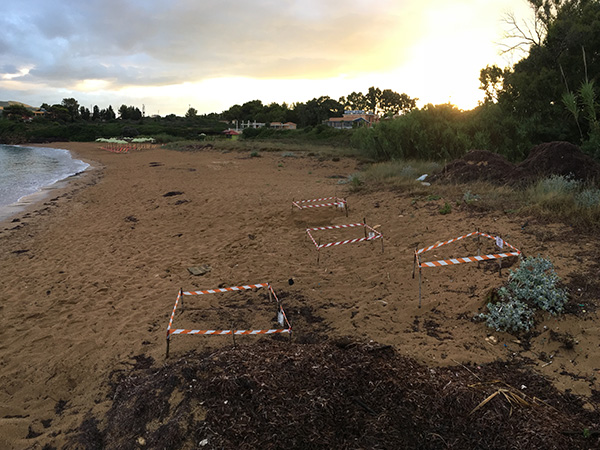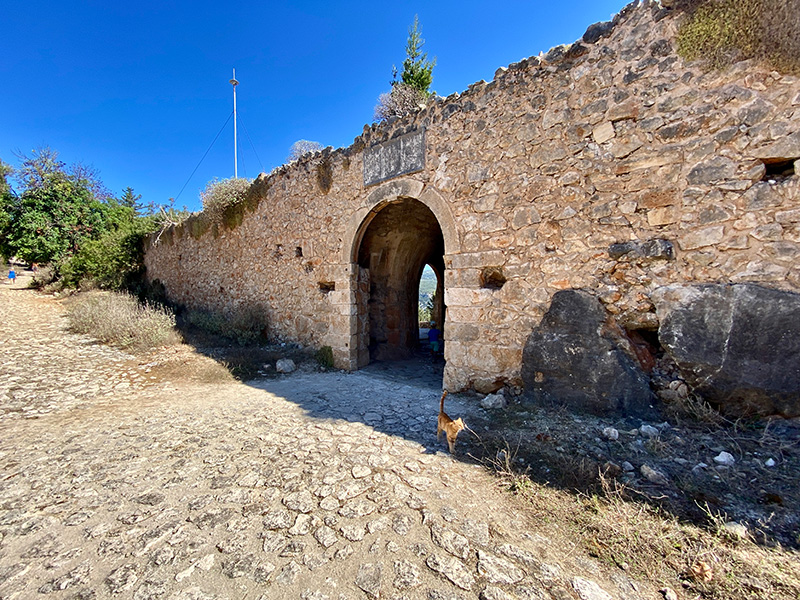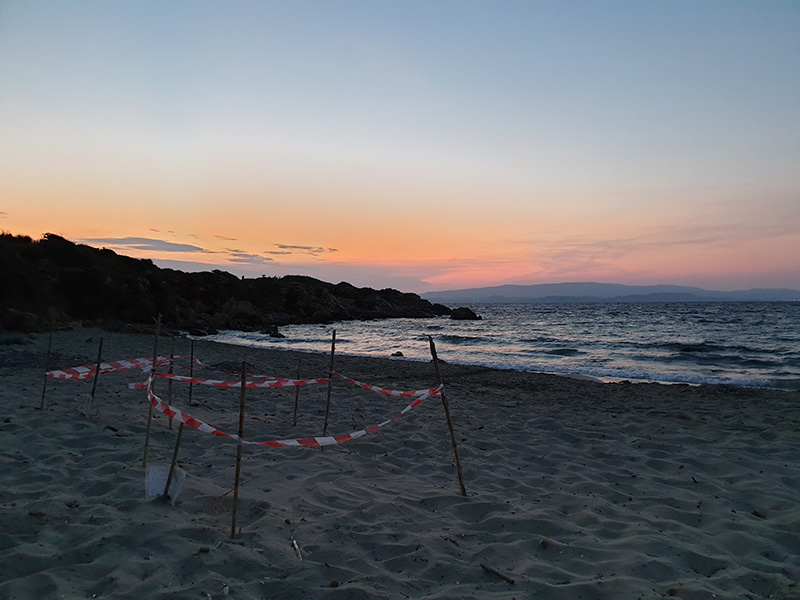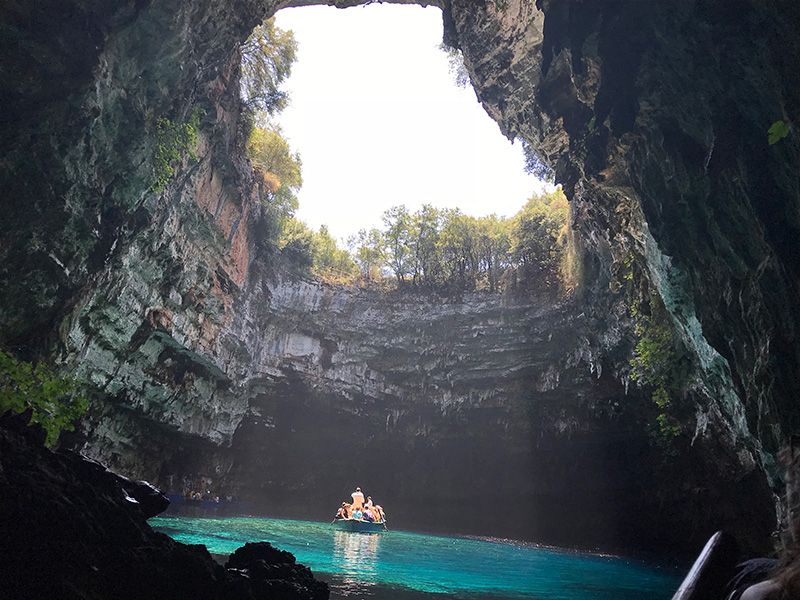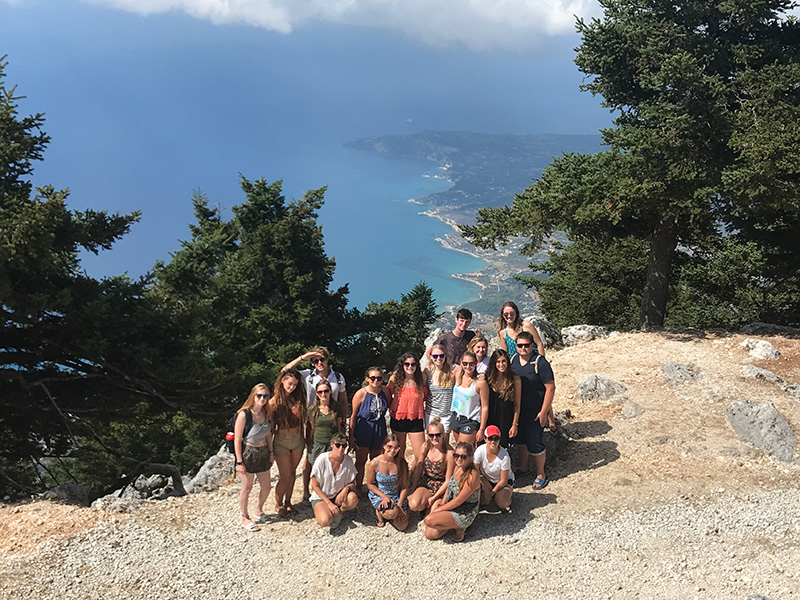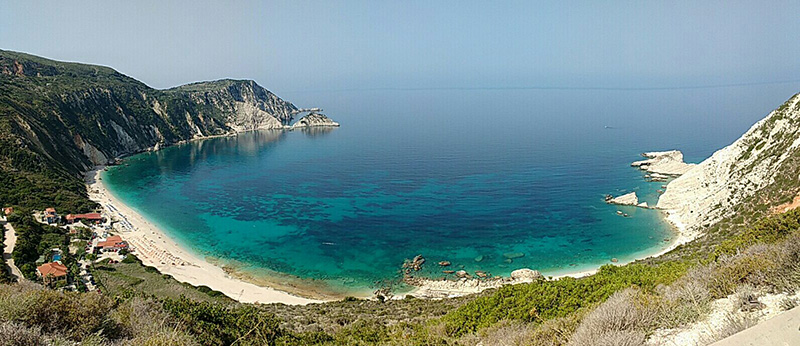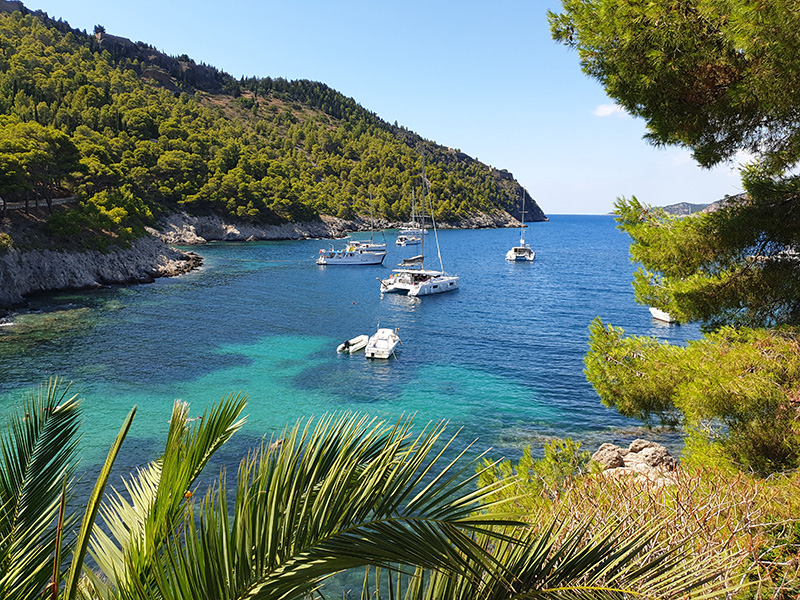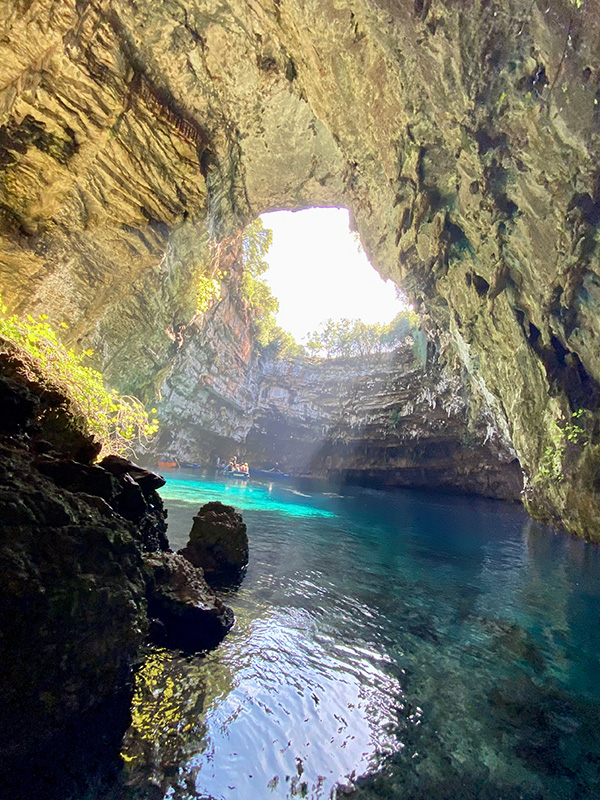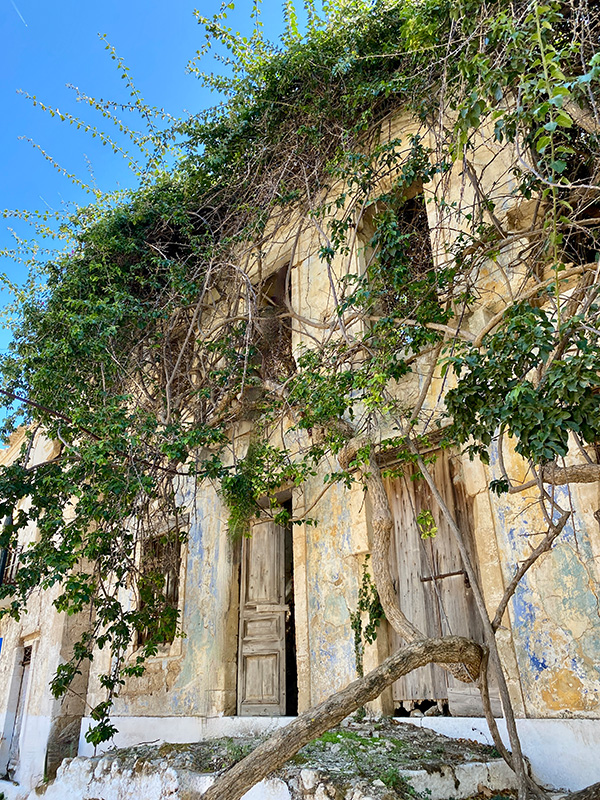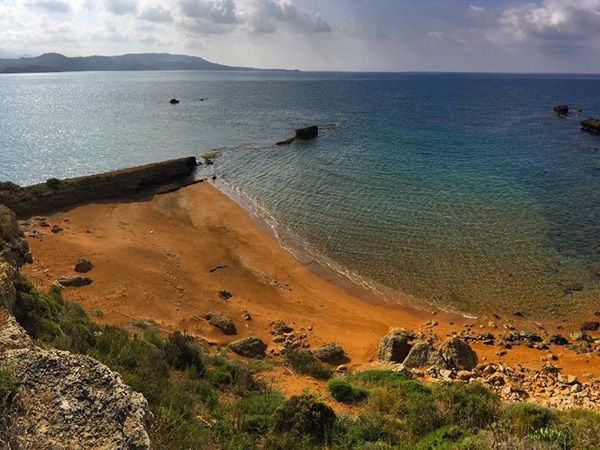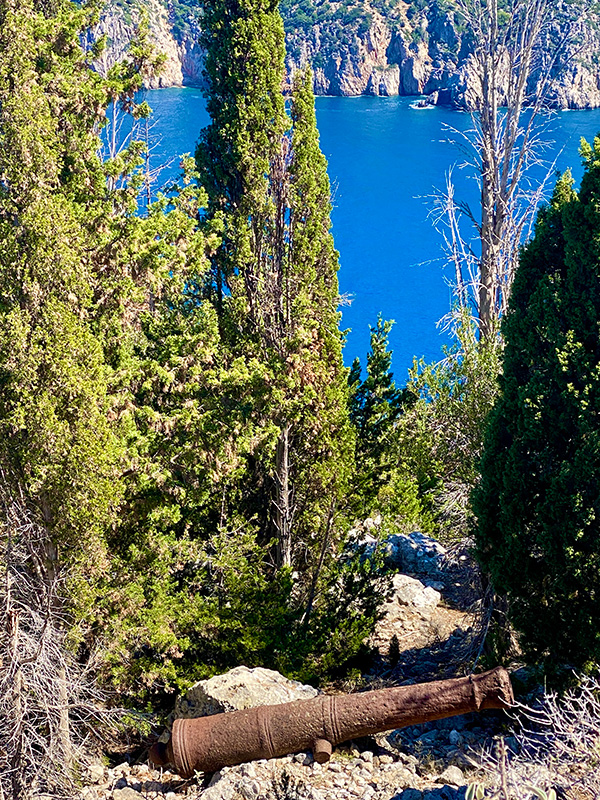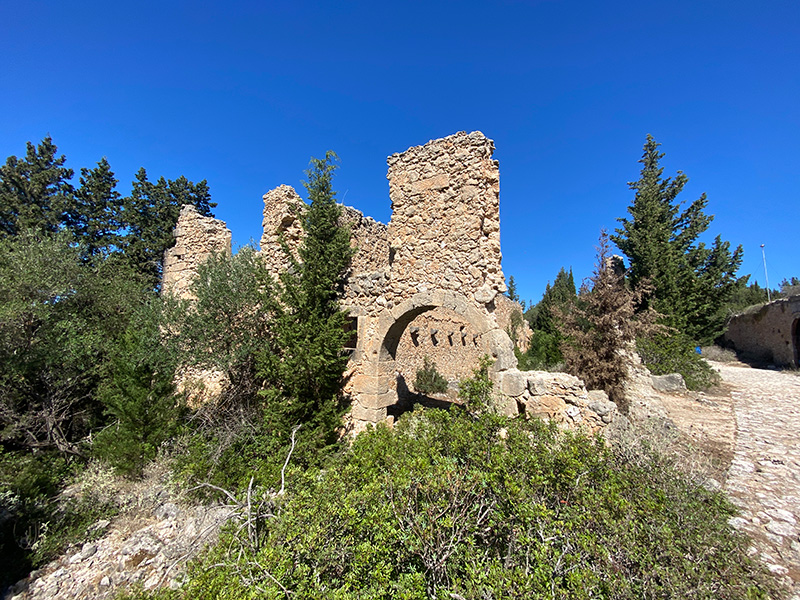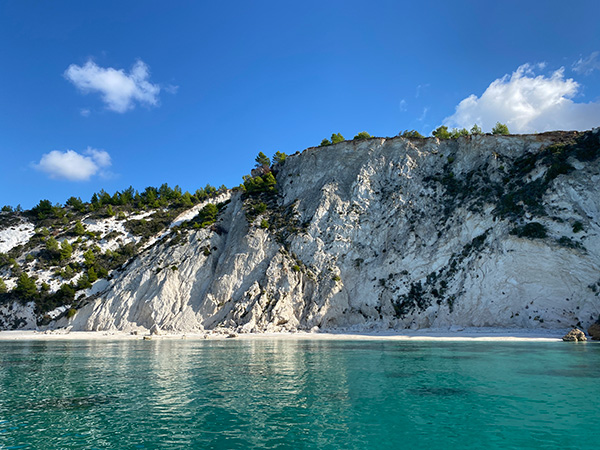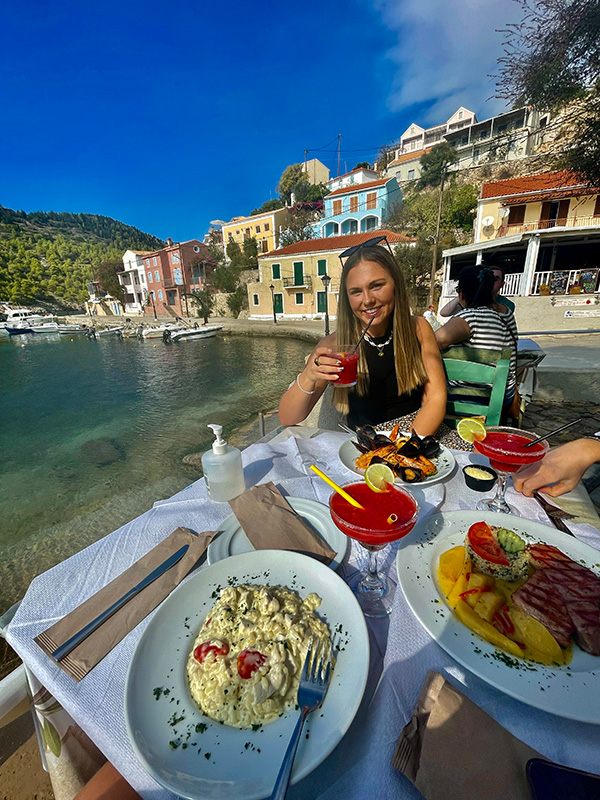KEFALONIA ISLAND
Wildlife Sense is based on the Greek island of Kefalonia off the west coast of mainland Greece. Kefalonia is the largest island in the Ionian Sea.
From spring to autumn, Kefalonia’s International Airport (EFL) welcomes direct flights from many destinations in Europe, making it a convenient travel destination. For volunteers interested in including Athens in their travel plans, Kefalonia is a 45-minute flight or a 7-hour bus trip away.
The island of Kefalonia is rich in biodiversity and boasts beautiful scenery throughout the countryside. Its coast is a foraging and nesting ground for protected loggerhead sea turtles (Caretta caretta), and the foraging grounds for endangered green turtles (Chelonia mydas). It is also home to the Mediterranean monk seal (Monachus monachus), one of the rarest and most endangered marine mammals.
Above its shores, Mt. Ainos towers over the island, reaching an altitude of 1628m. Its peak is designated as a National Park since 1968 and is a European Biogenetic Reserve belonging to the “Natura 2000” European Network of Protected Sites. Its forests primarily consist of the indigenous Kefalonian fir tree (Abies cephalonica) but host more than 450 species of plants and 100 species of birds. Here, one can often spot the semi-wild horses (Equus caballus) and more rarely the invasive Fallow deer (Dana dama) on its slopes.
The island enjoys a Mediterranean climate with long, sunny, and hot summer days, contrasting with mild, rainy winters with some snow on the mountains. During our season, April through November, temperatures range from 18 to over 30°C, peaking in July and August.
Whether it’s a visit to the island’s breathtaking beaches or the quaint and colourful villages that overlook the clear blue sea, Kefalonia is a wonderful place to indulge the eyes. As you travel through the countryside along the many winding roads, you will be amazed at the impressive limestone cliffs and rugged green landscapes. Across the island, you will see olive groves, vineyards, citrus trees, and vast clusters of colourful oleander and bougainvillaea. Listen closely and you will often hear the sound of the bells of wandering goats and sheep.
During your visit with us at Wildlife Sense, your shift schedule will provide some free time in the afternoons and evenings and two days per week off. Besides spending time relaxing at the many beaches that are within walking or cycling distance from our Field Stations, volunteers take the opportunity to explore the island. In addition to this time, you may want to consider extending your time in Kefalonia either before or after your stay with us. To introduce you to some of the interesting things to see and do, we have created a summary of suggestions, which you will receive once your reservation is confirmed.
Finally, it is important to mention that Kefalonia has a deep and interesting history of occupations that has influenced not only what is grown on the island; how the foods are prepared; why shipping and fishing have always been important and why this island differs from so many of the other Greek islands. If you had to guess, since the 11th century BC, which of the following peoples once occupied and influenced this beautiful island? The Mycenaeans, the Spartans, the Athenians, Alexander the Great, the Romans, the Byzantines, the Normans, the Venetians, the Ottomans, the Russians, the Frankish Crusaders, the French, the Italians, the Germans and or the British? If you say “all of them”, you are correct! That is what helps to make this beautiful island so rich in history and welcoming to people from so many different countries today.
